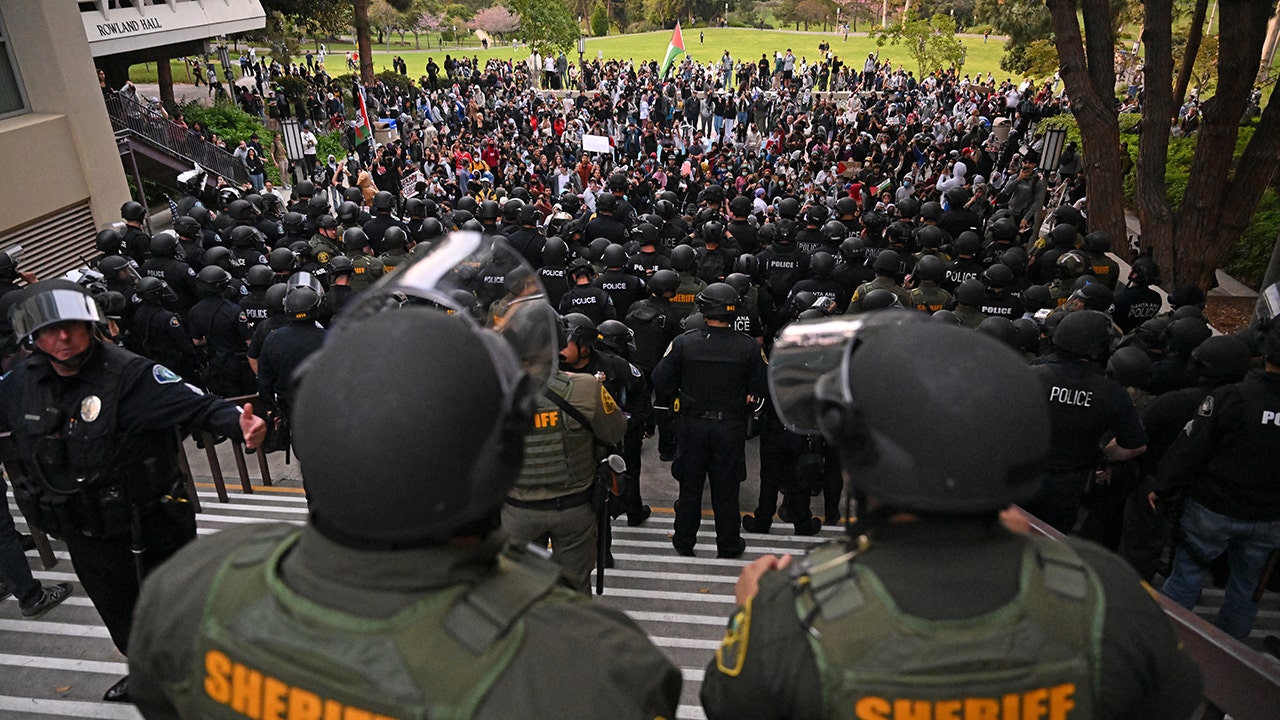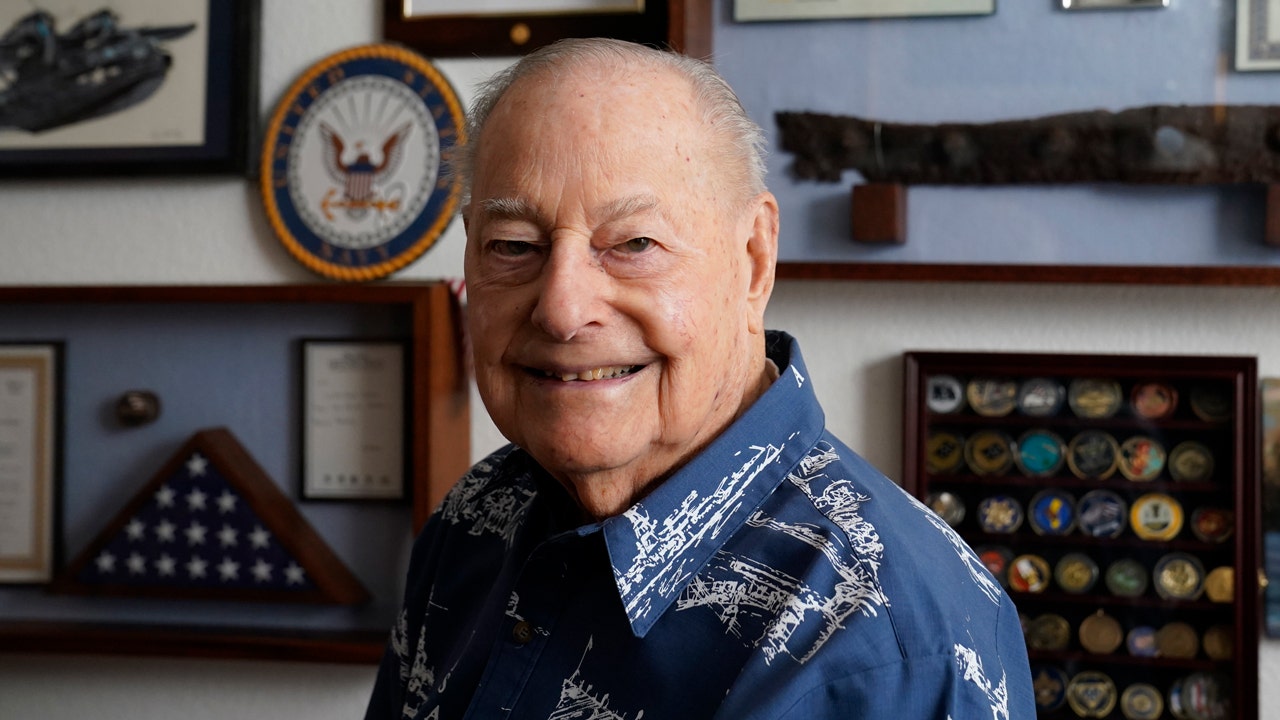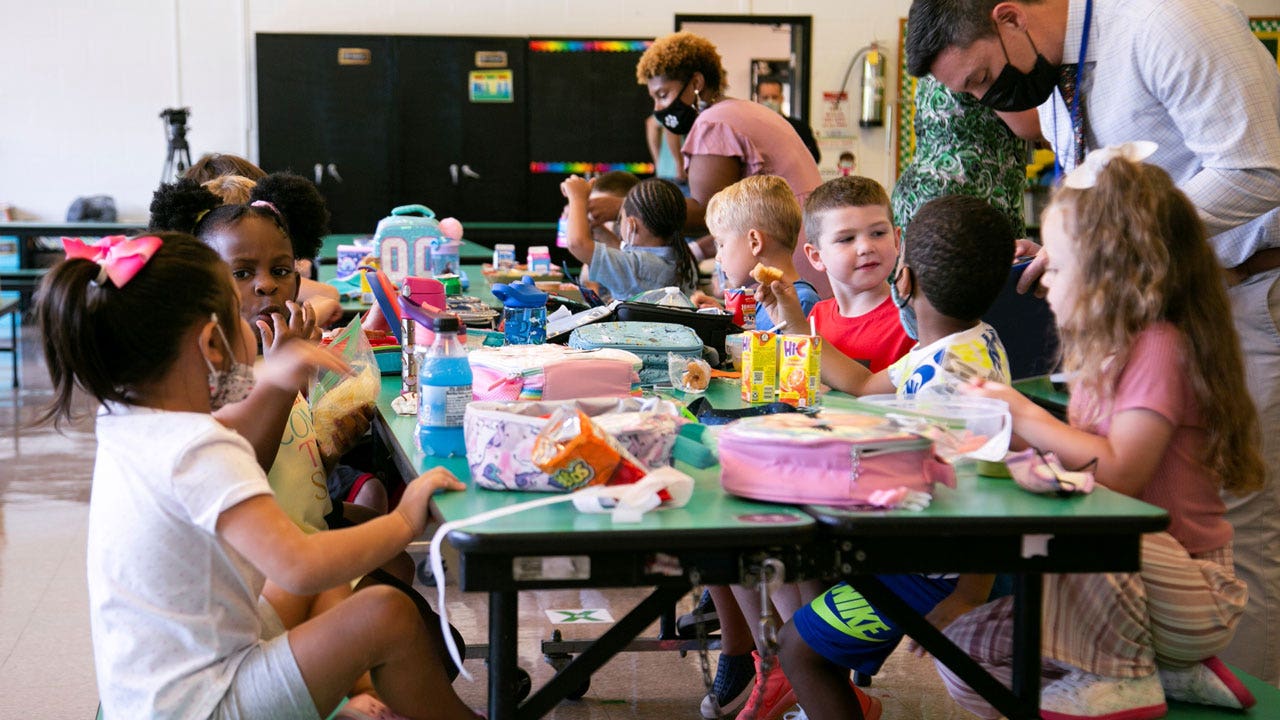Columbia University is grappling with the fallout from its president’s promise to Congress that she would crack down on unsanctioned protests, and her decision to ask the police to clear an encampment on campus.
Demonstrations just outside Columbia’s gates, which are currently closed to the public, took an especially dark tone over the weekend, when protesters who did not appear to be connected to the university were accused of celebrating Hamas and targeting Jewish students.
“The decibel of our disagreements has only increased in recent days,” Nemat Shafik, Columbia’s president, said in a statement early Monday. “These tensions have been exploited and amplified by individuals who are not affiliated with Columbia who have come to campus to pursue their own agendas. We need a reset.”
All classes on Monday would be held virtually, Dr. Shafik said, and university officials urged students to stay away from the campus in Upper Manhattan if they did not live on it.
How Columbia got here
Since the Oct. 7 attack by Hamas on Israel, American college campuses have been hubs of protest and debate. The scene at Columbia has been particularly contentious, with protests drawing hundreds of demonstrators, and some faculty members drawing attention for statements that critics considered to be antisemitic.
Columbia administrators, like their counterparts on campuses across the country, have struggled to fine-tune a response that balances discipline, free speech and institutional and national politics. For example, Columbia suspended two pro-Palestinian student groups after a walkout, and it has rewritten its protest policies, suspended some students and moved to cut or reduce ties to some faculty members.
The university’s approach was the focus of a congressional committee hearing last Wednesday. Over more than three hours in Washington, Dr. Shafik and other Columbia leaders tried to placate Republican lawmakers by acknowledging that they had been unprepared for the tensions of recent months and promising new crackdowns.
Although their answers appeared to please many lawmakers on Capitol Hill, they stirred unrest on campus, where protesters had built an encampment in the hours before Dr. Shafik’s testimony.
Columbia called in the police on Thursday
Less than 24 hours after the hearing adjourned, New York City police officers in riot gear entered the private campus at the request of Dr. Shafik and Columbia leaders. The police swept into the encampment to arrest defiant protesters and dismantle the demonstration, which was calling for the university to eliminate its financial ties to Israel. The authorities reported more than 100 arrests.
Many people welcomed the decision to call in the police, and said that Dr. Shafik was well within her power to shut down unauthorized protests on private property. But the decision also provoked fresh outcry from students, faculty members, free-speech groups and critics of Israel, who argued that it was counterproductive to shut down a peaceful protest, particularly on a campus that is supposed to be a marketplace of ideas.
By the time many of the critiques rolled in, protesters had already started gathering again, chanting some of the same slogans — “We don’t want no Zionists here” and “Israel is a racist state” — that Dr. Shafik had suggested were creating “a harassing and intimidating environment for many of our students.”
Weekend protests unnerved Jewish students
Columbia cannot control what happens off its property, and the neighborhood around its campus has drawn significant attention in the aftermath of the arrests. By Saturday night, social media was filling with reports of antisemitic harassment.
“Go back to Poland!” one masked protester who clutched a Palestinian flag shouted outside the Columbia campus gates, according to a video posted on X. Elsewhere online, a Columbia student said protesters had stolen, and then tried to burn, an Israeli flag, and that Jewish students had been splashed with water.
The Columbia chapter of Chabad, an international Orthodox Jewish movement, said that protesters targeted Jewish students with expletives as they left campus.
The White House condemned the episodes of antisemitic protest. A spokesman, Andrew Bates, said that “calls for violence and physical intimidation targeting Jewish students and the Jewish community are blatantly antisemitic, unconscionable and dangerous.” Mayor Eric Adams of New York also condemned the episodes and said the police department had increased its presence near Columbia’s campus.
Elie Buechler, an Orthodox rabbi who works at Columbia, said on Sunday that campus and city police officers had failed to guarantee the safety of Jewish students “in the face of extreme antisemitism and anarchy” and suggested that the students return home “until the reality in and around campus has dramatically improved.”
That view was not universally shared. Hillel, the Jewish student organization on campus, calling for increased security and said it was not urging Jewish students to leave.
Many of Columbia’s roughly 5,000 Jewish students are away for part of this week because of Passover.
Some on-campus activists said over the weekend that outside agitators were responsible for the antisemitic episodes and distanced themselves from the agitators.
“There’s so many young Jewish people who are, like, a vital part” of the protests, said Grant Miner, a Jewish graduate student at Columbia who belongs to a student coalition calling on Columbia to divest from companies connected to Israel.
That group said in a statement, “We are frustrated by media distractions focusing on inflammatory individuals who do not represent us,” and added that the group’s members “firmly reject any form of hate or bigotry.”
Dr. Shafik said on Monday that university officials would keep trying to “bring this crisis to a resolution.” She said she welcomed discussion about her decision to call in the police.
But she added: “Better adherence to our rules and effective enforcement mechanisms would obviate the need for relying on anyone else to keep our community safe. We should be able to do this ourselves.”
Reporting was contributed by Liset Cruz, Colbi Edmonds, Luis Ferré-Sadurní and Sharon Otterman.






